|
26
MAR
2017
|
|
|
|
There are numerous foods available for dogs and sometimes it is difficult to know what is best for your four legged friend. At Burgess they only make foods that are healthy and contain the best of ingredients to make sure your dog stays happy and healthy. Burgess Sensitive which is now available in South Africa from 1 March 2018 is great for all dogs, but is particularly suited to those with a sensitive digestive system as the recipes are free from the usual ingredients that can upset your pet’s stomach. The recipes contain just simple, high quality ingredients like tasty British Turkey and Scottish Salmon.
Feeding Tips for When Your Dog is a Puppy
Introduce Burgess Sensitive in the early days gradually over a week, by mashing a little down with hot water to create a paste and cooling to room temperature. Gradually add less water until your puppy is eating the dry kibbles. If your puppy is already eating dry food, transition them slowly, over .. [More]
|

|
|
|
Tags :
Burgess Sensitive Dry Food For Dogs , Dog Food South Africa
|
|
|
|
25
MAR
2017
|
|
|
|
Hand-rearing a baby bird can be quite difficult and requires feeding every few hours by an experienced foster mom. However, many bird owners prefer purchasing just-weaned or about-to-be-weaned birds. Hand-rearing a bird over six weeks of age who has no problems and eats readily can be a very rewarding experience.
How Much to Feed
A baby bird should be eating 10 percent of his body weight per feeding. A 500-gram bird would need 50 milliliters of formula per feeding. A baby this age should be fed approximately three times per day.
It's important not to feed your bird if he still has food in his crop, which is the enlarged portion of the esophagus at the base of the neck, from the previous meal. Food in the crop for more than three to four hours is a sign of crop stasis, or slowing down, and could be the beginning of a bacterial or fungal overgrowth in the crop that can make your baby bird ill. If you feed your bird too much at each meal, his crop can become overs.. [More]
|
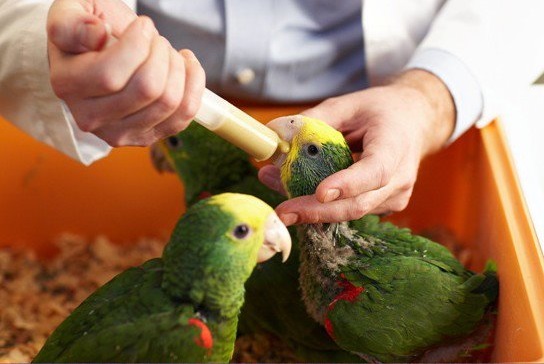
|
|
|
Tags :
How To Hand Rear A Baby Parrot South Africa
|
|
|
|
19
MAR
2017
|
|
|
|
Degus are not common household pets so there is a misconception that they are hard to look after, or they have special dietary needs. This could not be further from the truth, degus are very easy to care for and feed.
The only special consideration revolves around their susceptibility to health problems related to high sugar foods. Degus are very sensitive to sugar in the same way humans are with diabetes. Sugary foods should be avoided. But with some care on your part, it’s not hard to make sure they are receiving a healthy balance of nutrients from their food.
The degu diet in the wild consists of grasses, seeds and roots. It is nutrient poor so they spend a great deal of time foraging and eating. Degus need to keep their digestive systems busy with a mix of two kinds of fibre moving through their gut at all times (these types of fibre are called digestible fibre and indigestible fibre).
The majority of the degus diet should be high in indigestib.. [More]
|
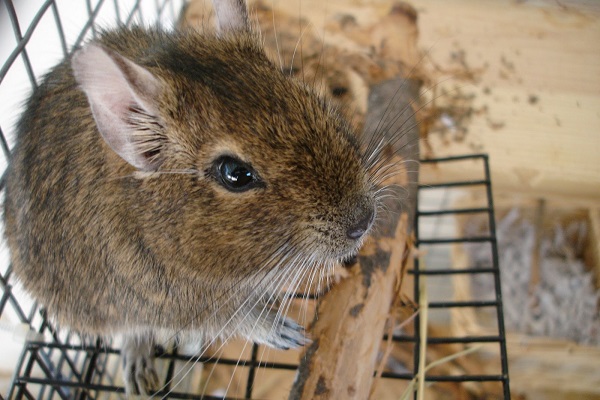
|
|
|
Tags :
Degus Need A High Fibre Diet South Africa , Feeding Your Degus Healthy Food South Africa , What Do Degus Eat South Africa , Degus Food South Africa , Degus Diet South Africa
|
|
|
|
22
JAN
2017
|
|
|
|
Planted tank substrates are key to the success for any planted aquarium or aquascape. Aquatic plants are just like garden plants. They have a complex root system that aids in their uptake of necessary nutrients. These include Iron, Magnesium, Potassium, Nitrogen and many others. These nutrients play a key role in the coloration, health and growth rate of the plants in the aquarium. Nutrient rich substrates can even combat algae growth by allowing your plants to overtake the growth rate of pest plants, uptaking excess nitrates and starving algae spores. The H.E.L.P. ADVANCED SOIL brand of substrates is now available in South Africa.
This is the Ultimate Soil
Advanced soil is 100% natural substrate that was developed for anyone who wishes to grow aquatic lives easily. Advanced soil quickly drops the water pH & KH, creating as close to nature environment in an aquarium. This allows you to have fish in an aquarium on the very day you set Advanced soil. .. [More]
|
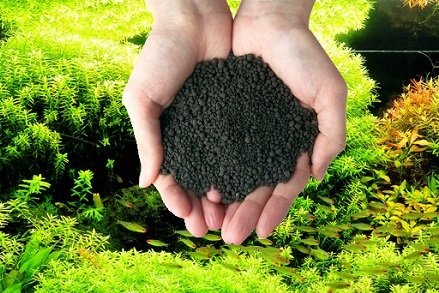
|
|
|
Tags :
Best Aquarium Substrate For Plants South Africa , Aquarium Planted Tank Substrate South Africa
|
|
|
|
15
JAN
2017
|
|
|
|
Did you know that rabbits and guinea pigs need different types of hay to sleep on and to eat? While grass and herb based foods, such as pellets, will provide a good portion of your pet’s fibre needs, grass is what they would naturally nibble all day long in the wild.
Providing enough fresh grass every day to meet your rabbit or guinea pigs’s needs is difficult, hay has just the same health and digestive benefits as fresh grass – but is much easier to store.
In fact, studies have shown that feeding hay should make up to 85-90 per cent of your small furry’s daily diet, that’s around 1kg of hay per week, to maintain a healthy gut and weight and keep teeth healthy.
However research has shown that the majority of rabbits and guinea pigs are not fed the correct hay, and instead are forced to chew on bedding hay, which, while comfortable to sleep on, is often unpalatable and has an unknown nutritional value.
So what’s the alternati.. [More]
|
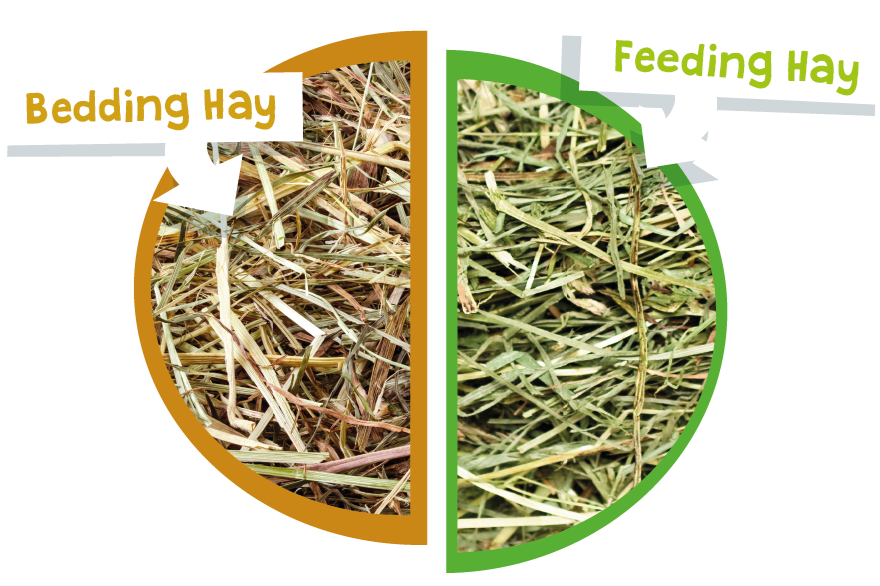
|
|
|
Tags :
Difference Between Bedding & Feeding Hay For Rabbits Guinea Pigs Chinchillas South Africa
|
|
|
|
15
JAN
2017
|
|
|
|
Want to know why your degus chatters or thumps, and why they prefer dust baths to water baths? Here’s our quick guide to understanding degus behaviour…
Burrowing
In the wild, degus live partly above ground and partly underground, creating tunnels to cool down in during the summer and to stash food away in the winter – even organising themselves into digging chains to make the job easier! Encourage this behaviour at home by adding a thick layer of soft materials or soil to the bottom of their cage so there’s plenty of burrowing opportunities. Degus can often be found hiding food, and covering and uncovering it – but it’s not unusual for them to forget where they’ve hidden it too, so keep an eye on their favourite spots if they are allowed loose in your home!
Thumping
Tail wagging is sometimes used by females to show they are ready to breed and by some males to show off! Tail drumming can also be used as an alarm call to .. [More]
|
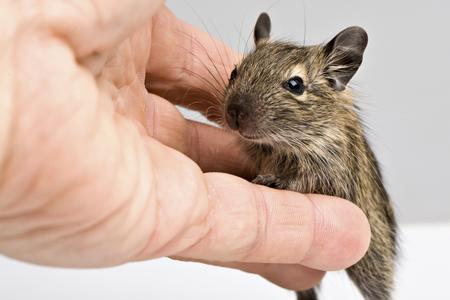
|
|
|
Tags :
Understanding Your Degu , Degus South Africa
|
|
|
|
21
NOV
2016
|
|
|
|
Hamsters have a lifespan of two to three years but some have been known to live up to four years or longer due to exceptional hamster care and a bit of luck. They are actually pretty good at hiding their illnesses until it's nearly too late, which is why it is important to keep a close eye on any changes in your pet's regular diet or routine. If you notice any signs of illness in your hamster, you need to see a veterinarian as quickly as you can. Most of the ailments associated with hamsters in captivity today can be attributed to the ignorance of modern day man, and our modern way of living. Almost 90% of the ailments of hamsters in captivity are directly or indirectly linked to the diet and the hamster's eating habits. Hamsters will eat or have a go at almost any food that is offered to them. They cannot decide for themselves what is bad or what is good for them, and care must be exercised when it comes to feeding your pet. Their diet is a major contributing factor in their dis.. [More]
|
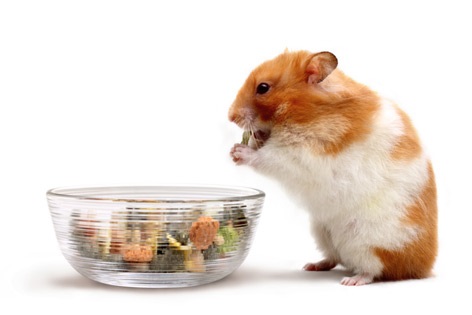
|
|
|
Tags :
Foods That Are Toxic To Hamsters South Africa , Hamster Food South Africa
|
|
|
|
18
NOV
2016
|
|
|
|
There is a lack of scientific study on avian nutrition, especially as it relates to different bird species, but most experts agree that a good diet for parrots begin with a formulated pellet diet with a variety of other foods added as supplements. A diet based primarily on seeds is deficient in many nutrients, including vitamin A and calcium, and is too high in fat.
This is not to say that seed do not have a place in avian diets, but many birds come to prefer them to the exclusion of other healthy choices and can be fussy when it comes to trying a varied diet. Some birds will even pick out a couple of favorites from a seed mix, which further reduces the nutritional balance in the diet. When it comes to parrot nutrition, consider seeds to be somewhat like junk food: birds love them, but they are not the healthiest choice.
For most species of parrot, seeds should only make up about 10 percent of the diet. Some species, like budgies and cockatiels are naturally seed eate.. [More]
|

|
|
|
Tags :
Bird Food South Africa , Parrot Seed South Africa , Parrot Food South Africa , Why Seeds Is Only 10% Of Bird's Diet South Africa , Corret Diet For Pet Birds South Africa
|
|
|
|
06
NOV
2016
|
|
|
|
The purpose of a substrate (bedding) used in small animal cages is to absorb bad smelling, urine odour. Small pets such as hamsters, gerbils, mice, rats and guinea pigs need a clean habitat in order to thrive and remain healthy. Therefore the more absorbent a bedding, the better it controls nasty smells. There are a wide range of substrates available, each with its own positive and negative aspects.
You can use shredded paper as a substrate, but it won’t absorb odours, so your pet’s cage could get stinky fast. Make sure to use only paper that hasn’t been printed, as ink can be very dangerous to small animals. Only newspaper with black ink is considered to be safe.
Another suitable option for substrate are paper and wood pellets. These pellets have the benefit of being very absorbent. It may be difficult for some pets to burrow through it, however, and can be a bit expensive.
Burgess Excel Bedding is also a good option and made from natural straw i.. [More]
|
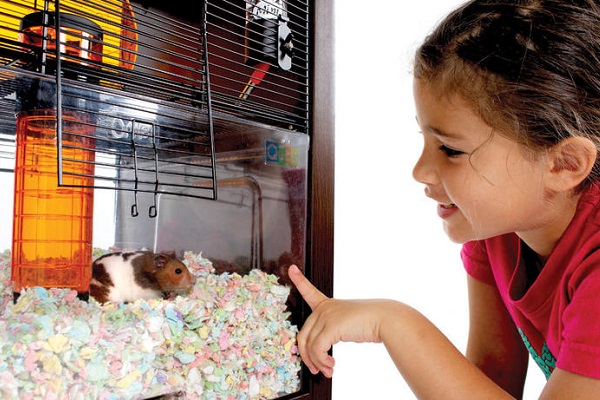
|
|
|
Tags :
Purpose Of Small Animal Bedding South Africa , Importance Of Small Animal Bedding , Carefresh South Africa , Small Animal Bedding South Africa , Wood Shavings South Africa
|
|
|
|
21
OCT
2016
|
|
|
|
Many rodents such as hamsters, gerbils, mice, domesticated rats, guinea pigs, chinchillas and degus are commonly kept as pets. All of these animals can make great pets when they are cared for properly with the right diet and proper housing. Unfortunately, many people get these animals as pets and don’t realize that in addition to good food, a safe cage, and clean bedding, these pets – just like cats and dogs – need environmental stimulation to be happy and to thrive.
Many wild rodents are very social animals living with numerous others of their own kind in their normal habitat. In the wild, they have “jobs” – searching for food, finding mates, building nests. Most rodents nest in communities and share parental responsibilities. They spend 30-50% of the time they are awake grooming each other. When young rodents are separated from their mothers, they often show an increase in disease, are more anxious and aggressive, and are less likely to.. [More]
|
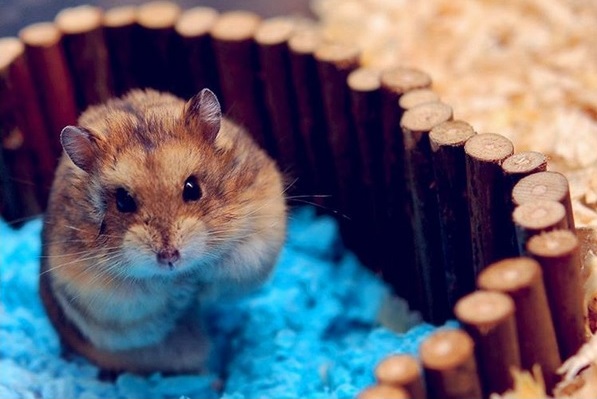
|
|
|
Tags :
Hamsters Need Enrichment For Emotional Health South Africa , Why Small Pets Need Enrichment South Africa , Hamster Toys South Africa
|
|
|
|
|
|
Category List
|
|
|
|
|
|
Archive List
|
2025 2023 2022 2021 2020 2019 2018 2017 2016 2015 2014 |
|
|